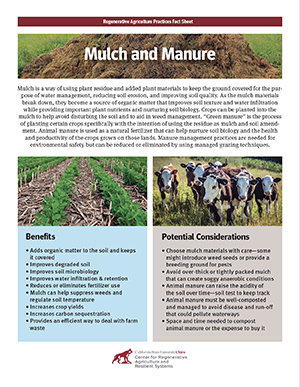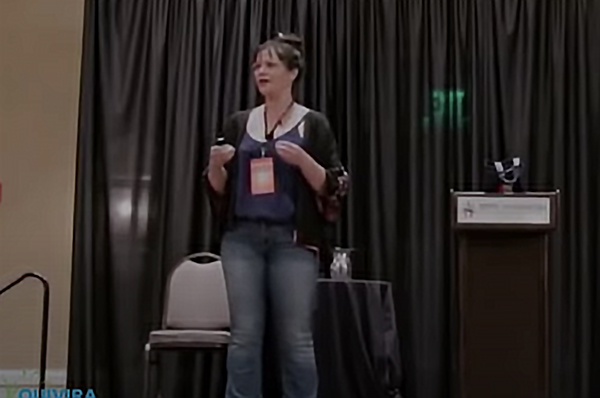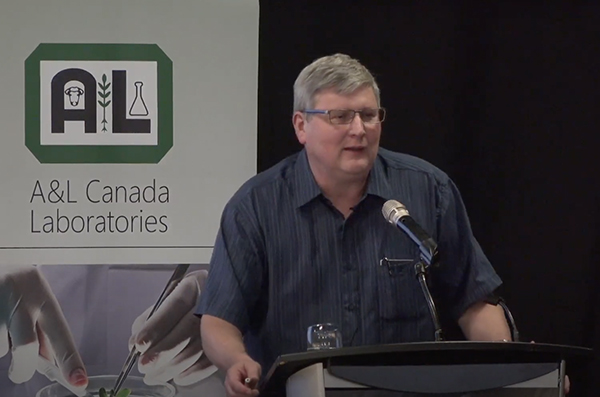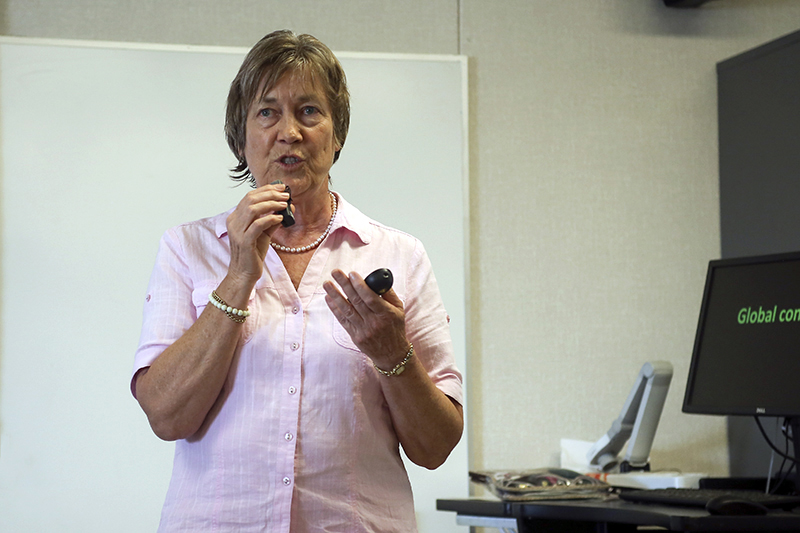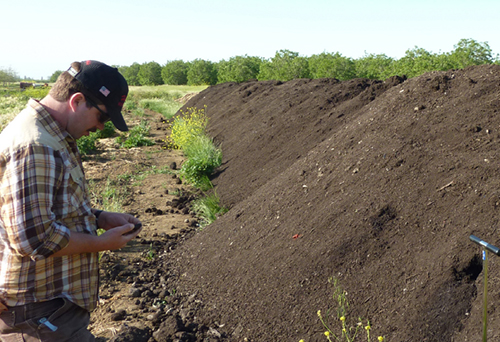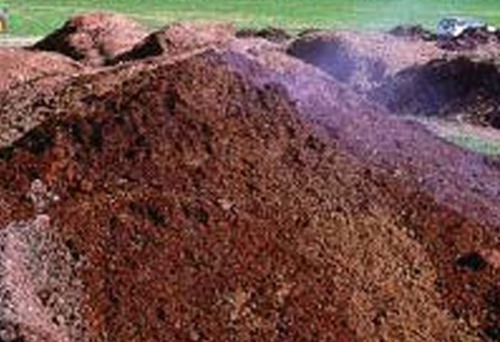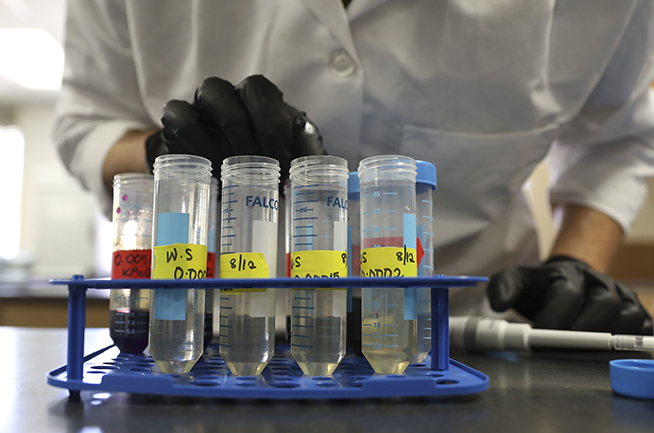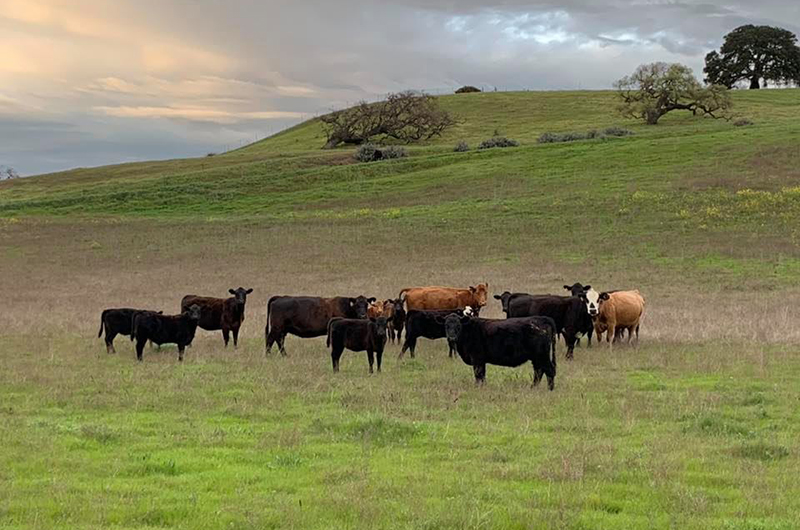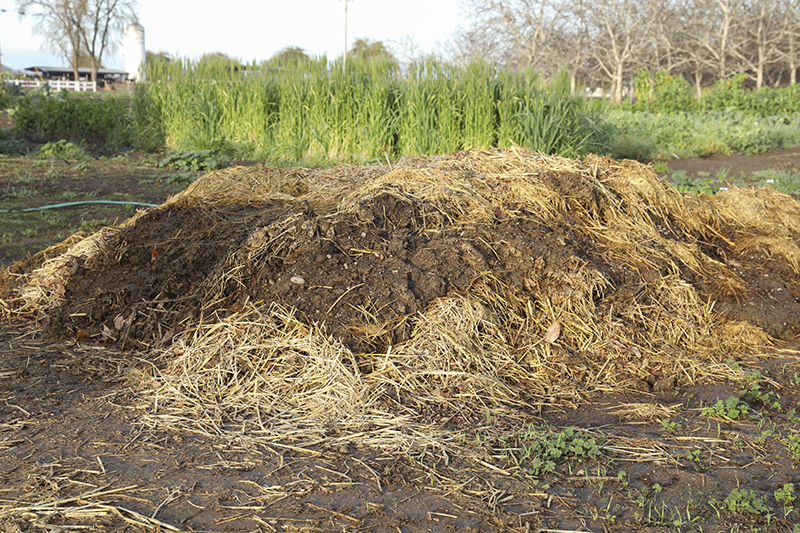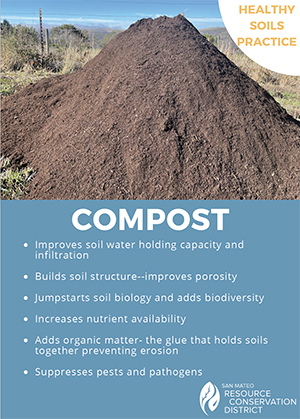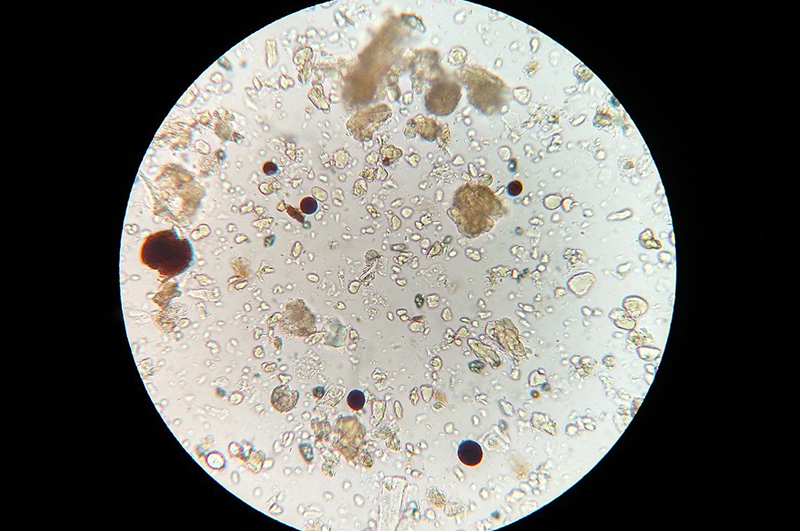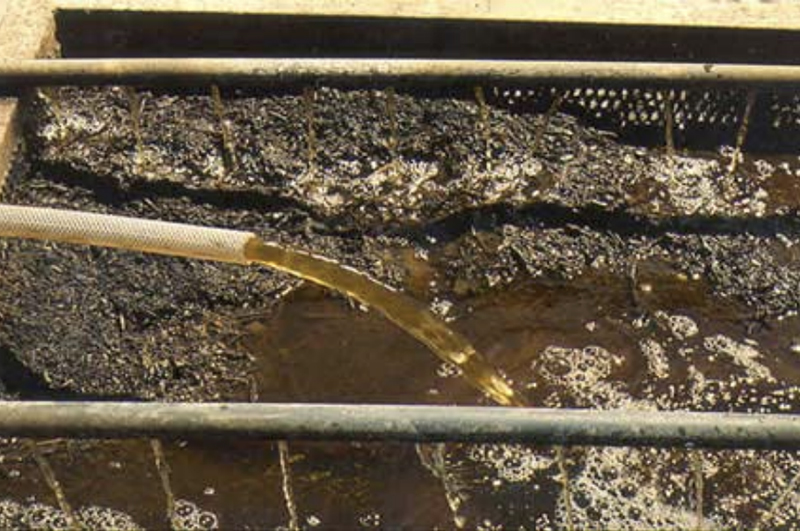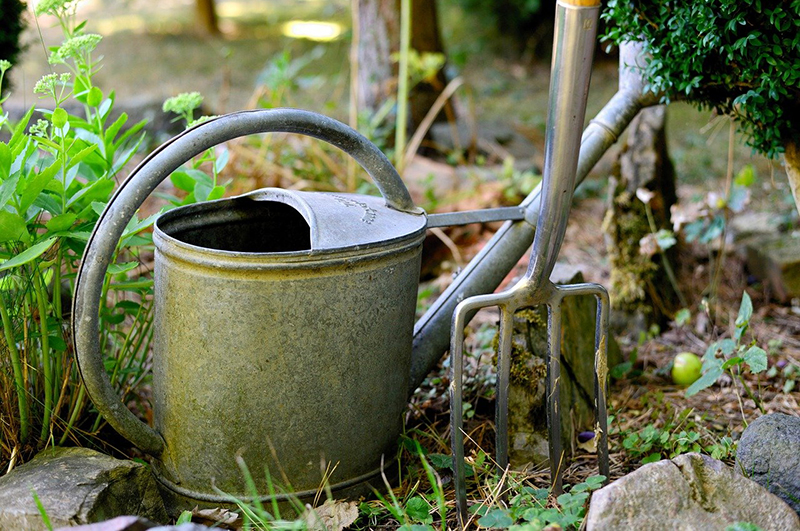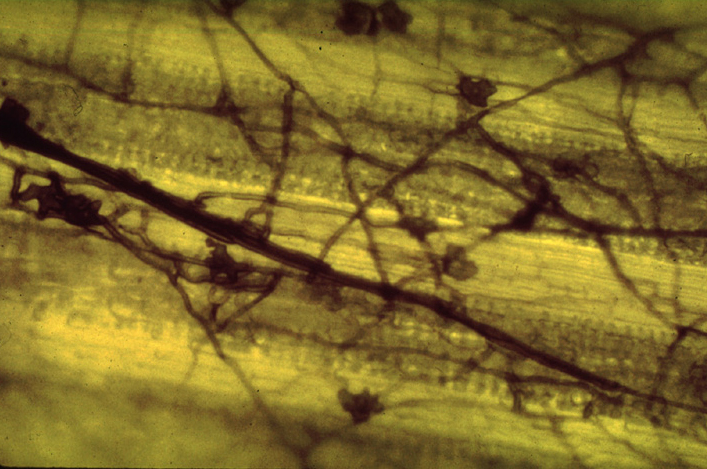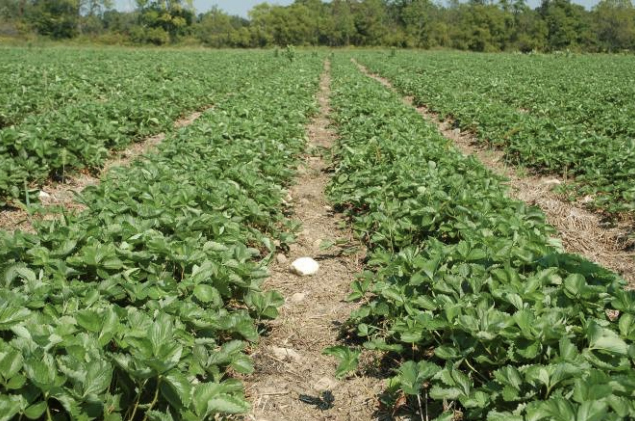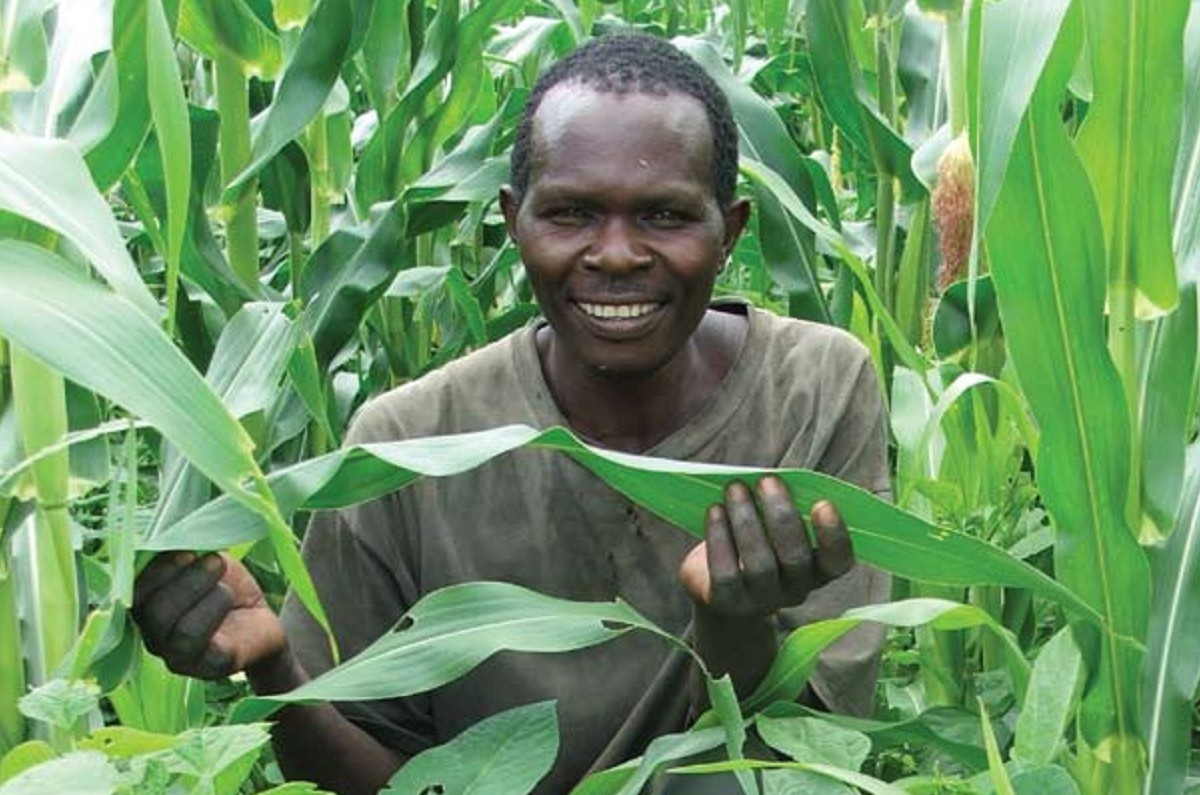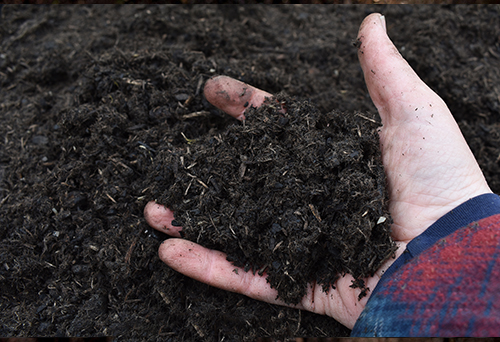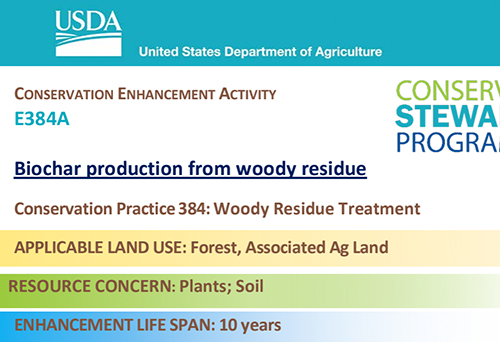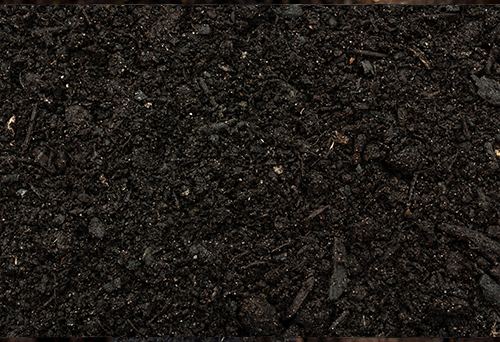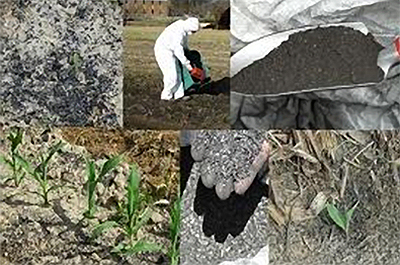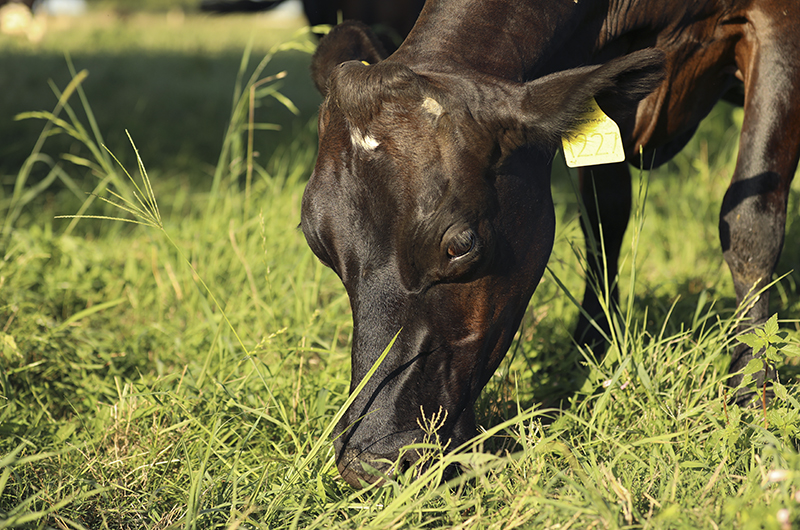
Soil Amendments and Inoculants
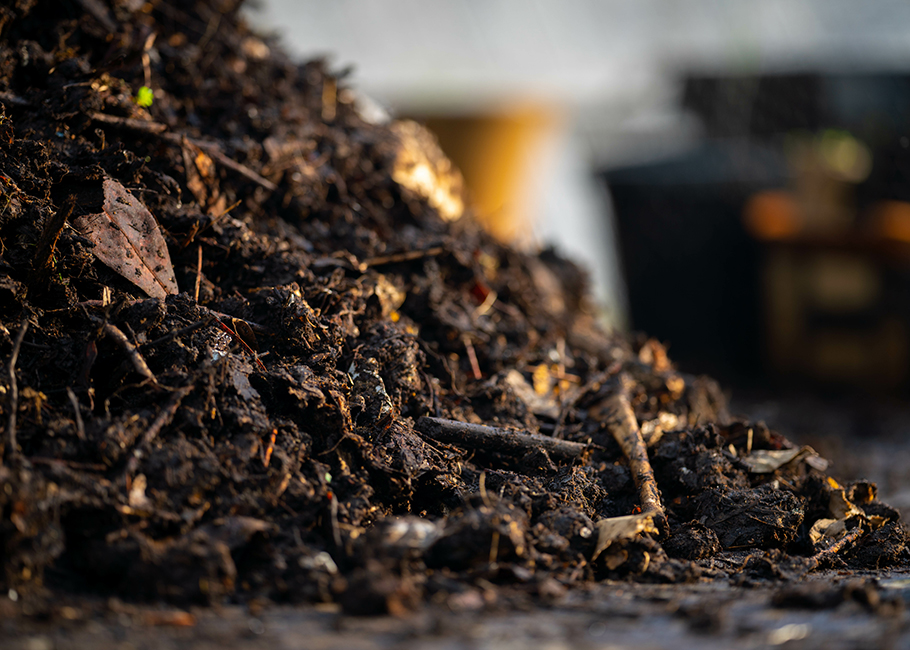
Soil amendments such as compost, mulch, biochar, and manure are materials that enhance a soil’s physical properties, such as texture and pH. They increase organic matter in the soil that helps build soil fertility and, over time, can support and enhance the microbiology of the soil. Inoculants are materials used specifically to increase microbial abundance and fungal: bacteria ratios. All of these choices have been shown to increase crop yields and reduce or eliminate the need for synthetic fertilizers while restoring depleted soil and improving carbon sequestration, especially in conjunction with other regenerative farming methods.
The following printable fact sheets based on this page are available to download:
Find on this page:
- Mentor Farmers
- Understanding Soil Microbiology
- Compost
- Compost Tea
- Soil Inoculants
- Mulch and Green Manure
- Biochar
- Manure
- Science Literature
Mentor Farmers Who Talk About Soil Amendments
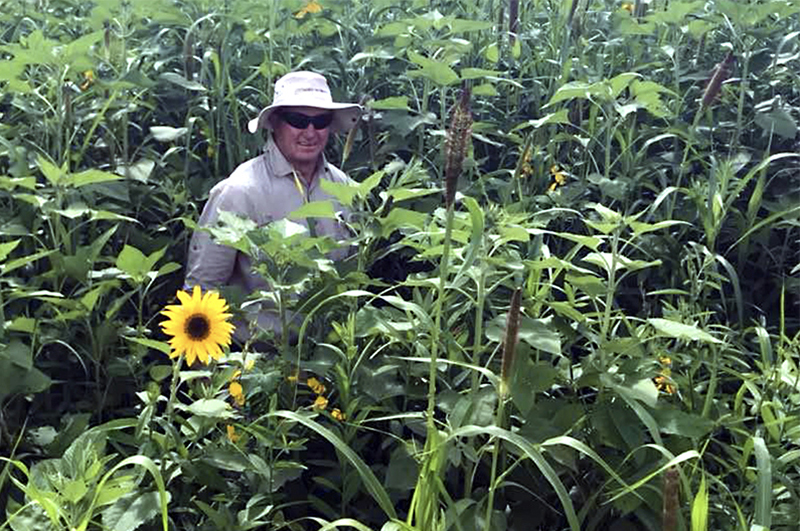 Adrian Bignell(opens in new window)
Adrian Bignell(opens in new window)
Burroughs Family Farms(opens in new window)
Daniel Unruh(opens in new window)
Fat Uncle Farms(opens in new window)
Finca Luna Nueva(opens in new window)
Full Belly Farm(opens in new window)
Massa Organics(opens in new window)
Park Farming Organics(opens in new window)
Pinnacle Organically Grown Produce(opens in new window)
White Oak Pastures(opens in new window)
Compost
Compost is a soil amendment made by decomposition of organic materials. When managed properly, using compost can be an effective method for building soil fertility by increasing organic matter, improving soil structure, pH, and the water holding capacity of the soil, as well as increasing the number of beneficial microorganisms.
Gerry Gillespie - Returning Organics to Soil
Soil is our actual food producer but we've lost our natural connection to it. In this talk Gerry Gillespie, founding chair of Zero Waste New Zealand Trust addresses that loss of connection and how we might rebuild it through the use of our organic waste as high quality inputs into soils.
Resources on Compost
Single Page Fact Sheets on Compost by San Mateo Resource Conservation District
Compost Tea
Compost tea is a liquid produced through a brewing process that extracts beneficial microorganisms (microbes)—bacteria, fungi, protozoa, nematodes, and micro arthropods—from pre-made compost. The finished product should have soluble nutrients as well as all the organisms that were present in the compost before brewing. That means that care must be taken to test your compost to make sure no harmful organisms like Salmonella and Escherichia coli are in excess. To keep these organisms from multiplying to dangerous levels, the National Organic Standards Board recommends that no commercial additives be used in compost tea. Read more in the links below.
Soil Inoculants
Inoculants are materials specifically used to enhance a soil’s biological component, such as microbial abundance and fungal:bacteria ratios. They can be used to help restore soil biology that has become depleted through conventional farming methods. This, when done right, can assist in nutrient uptake, reducing plant diseases and pests, and improving yields. It also shows great promise for increased carbon sequestration.
Mulch and Green Manure
Mulch is a way of using plant residue and added plant materials (grass clippings, straw, bark chips, etc.) to keep the ground covered for the purpose of water management, reducing soil erosion, and improving soil quality. As the mulch materials break down, they become a source of organic matter that improves soil texture and water infiltration while providing important plant nutrients and nurturing soil biology. Crops can be planted into the mulch to help avoid disturbing the soil and to aid in weed management.
Additionally “green manure” is the process of planting certain crops (including cash crops) specifically with the intention of using the residue as mulch and soil amendment.
Biochar
Biochar is a way of using organic material from agricultural and forestry wastes to make charcoal using a controlled burning process called pyrolysis. The end result is a useful soil amendment that shows promise for carbon sequestration and soil fertility as well as having applications for bioenergy production.
Inspiring Ideas from the Field—Biochar on a No-Till Farm
In this webinar, Dan Pratt from Astarte Farms, showcases how BioChar along with cover cropping and no till work on his organic farm in Hadley, MA. Video by NOFA/Mass.
Manure
Manure is used as a natural fertilizer that can help nurture soil biology and the health and productivity of the crops grown on those lands. Manure management practices are extremely important in conventional and organic farms for environmental safety, but these issues can be reduced or eliminated by using managed grazing techniques.
Science Literature
Schlatter, D. et al. 2017. Biosolids and conservation tillage: Impacts on soil fungal communities in dryland wheat-fallow cropping systems(opens in new window). Soil Biology & Biochemistry 115: 556-567
Compost
Amanullah, U., etc... Nitrogen Contents in Soil, Grains, and Straw of Hybrid Rice Differ When Applied with Different Organic Nitrogen Sources(opens in new window). Agriculture 2020, 10, 386.
Brown, S. & Cotton, M. Changes in Soil Properties and Carbon Content Following Compost Application: Results of On-farm Sampling.(opens in new window) Compost Sci. Util. 19, 87–96 (2011).
Ryals, R. & Silver, W. L. Effects of organic matter amendments on net primary productivity and greenhouse gas emissions in annual grasslands.(opens in new window) Ecol. Appl. 23, 46–59 (2013).
Ryals, R., Hartman, M. D., Parton, W. J., DeLonge, M. S. & Silver, W. L. Long-term climate change mitigation potential with organic matter management on grasslands (PDF). Ecol. Appl. 25, 531–545 (2015).
Soil Inoculants
Kafle, A. et al. Harnessing Soil Microbes to Improve Plant Phosphate Efficiency in Cropping Systems(opens in new window). Agronomy 2019, 9(3), 127; https://doi.org/10.3390/agronomy9030127
Malik AA, Chowdhury S, Schlager V, et al. Soil Fungal: Bacterial Ratios Are Linked to Altered Carbon Cycling(opens in new window). Front Microbiol. 2016;7:1247. Published 2016 Aug 9. doi:10.3389/fmicb.2016.01247
Temitope, A. and Oluranti, B. Microbial Inoculants for Improving Crop Quality and Human Health in Africa(opens in new window). Frontiers in Microbiology, Vol. 9, 2018. DOI: 10.3389/fmicb.2018.02213
Mulch
Acharya, C.L., et al. Mulches: Role in Climate Resilient Agriculture(opens in new window), Reference Module in Earth Systems and Environmental Sciences, Elsevier, 2008
Halde, C. and Entz, M. Plant species and mulch application rate affected decomposition of cover crop mulches used in organic rotational no-till systems. Canadian Journal of Plant Science • 12 February 2016 • https://doi.org/10.1139/cjps-2015-0095
Iqbal, R., et al. Potential agricultural and environmental benefits of mulches—a review.(opens in new window) Bulletin of the National Research Centre 44, 75 (2020).
Biochar
Laird D. The charcoal vision: A win–win–win scenario for simultaneously producing bioenergy, permanently sequestering carbon, while improving soil and water quality.(opens in new window) Agronomy Journal 100, 178-181, 2008.
Lehmann J. Bio-energy in the black.(opens in new window) Frontiers in Ecology and the Environment 5, 381-387, 2007.
Lehmann, J., etc., Nutrient availability and leaching in an archaeological Anthrosol and a Ferralsol of the Central Amazon basin: fertilizer, manure and charcoal amendments(opens in new window), Plant and Soil 249, 343-357, 2003.
Lehmann, .J, etc., Bio-char sequestration in terrestrial ecosystems – a review(opens in new window), Mitigation and Adaptation Strategies for Global Change 11, 403-427, 2006.
Liang, B. , et al: 2006, ' Black carbon increases cation exchange capacity in soils(opens in new window)', Soil Science Society of America Journal 70: 1719-1730.
Sombroek, W., Nachtergaele, F.O. and Hebel, A.: 1993, ‘ Amounts, dynamics and sequestering of carbon in tropical and subtropical soils(opens in new window)', Ambio 22, 417-426.
Importance of Soil Biology
Allen, M.F (2007) ‘ Mycorrhizal fungi: highways for water and nutrients in arid soils(opens in new window). Soil Science Society of America, Vadose Zone Journal Vol 6 (2) pp. 291-297.
Leake, J.R., Johnson, D., et al.: (2004). Networks of power and influence: the role of mycorrhizal mycelium in controlling plant communities and agroecosystem functioning.(opens in new window) Canadian Journal of Botany, 82: 1016-1045. doi:10.1139/B04-060


